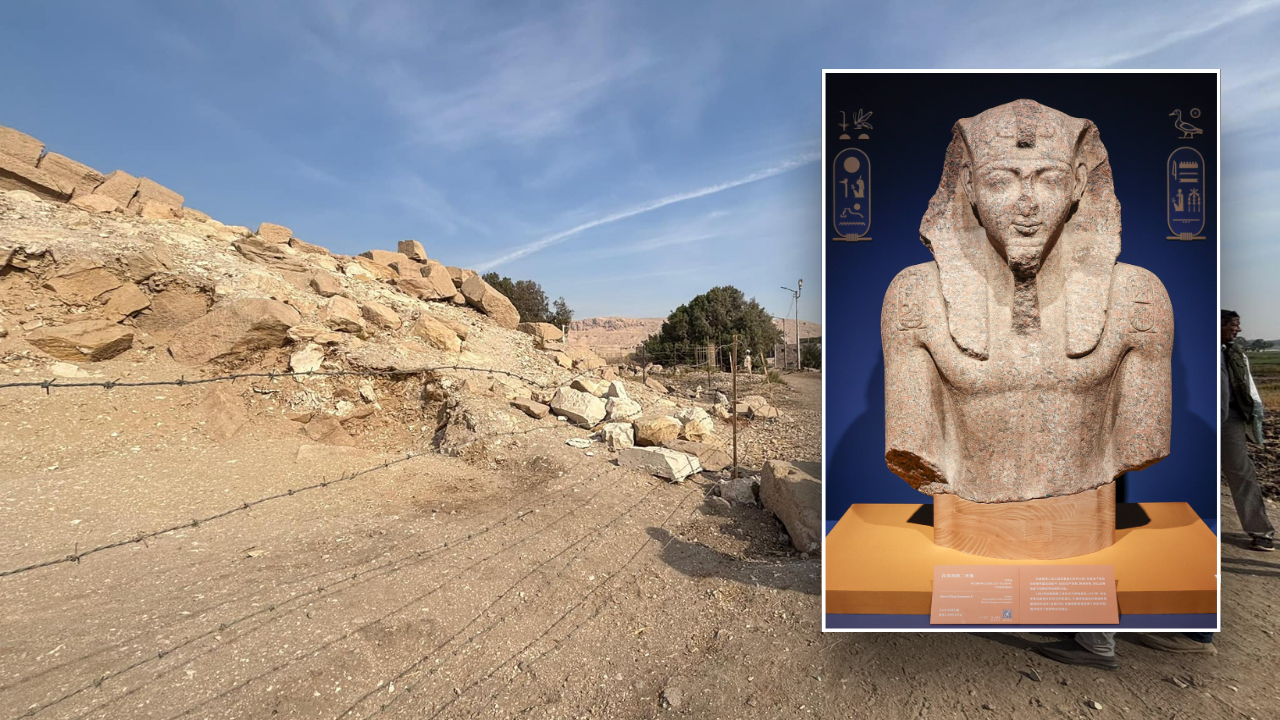Lifestyle
Archaeologists begin restoring ancient temple linked to key Bible figure: ‘Reflects greatness’

Reviving Ancient Glory: The Restoration of Ramesses II’s Temple in Luxor
Introduction: Unveiling the Legacy of Ramesses II
In an exciting development for history enthusiasts and cultural preservationists, the Egyptian Ministry of Tourism and Antiquities has announced a significant restoration project focused on the Ramesseum, the ancient temple of the legendary Pharaoh Ramesses II. This initiative, unveiled through a Facebook post, marks a collaborative effort with the National University of Cultural Heritage of Korea, aiming to restore the temple to its former glory. Ramesses II, known as Ramses, ruled Egypt from 1303 B.C. to 1213 B.C. and is famously associated with the Book of Exodus, making this project a bridge to a storied past.
The Ramesseum: A Testament to Ancient Engineering
The Ramesseum, situated in the Luxor Governorate, stands as a monumental testament to Ramesses II’s reign. Originally constructed to honor Amun-Ra, the Egyptian deity of the sun, air, and creation, the temple was devastated by a massive earthquake in 27 B.C., leaving it in ruins. Despite this, its remnants, including a 180-meter-long structure surrounded by a mudbrick wall, still echo the grandeur of its time. The temple’s walls depict the Battle of Kadesh, a pivotal event in Ramesses II’s military campaigns, underscoring its historical significance.
The Restoration Process: Unveiling Ancient Secrets
The restoration project is a meticulous endeavor to not only preserve the Ramesseum but also to uncover its hidden secrets. Archaeologists are focused on studying the construction techniques of the ancient Egyptians, analyzing inscriptions, and comparing them with other temples. Central to this effort is the excavation and stabilization of stone blocks, with plans to rebuild the pylon, a gateway that was a hallmark of ancient Egyptian temple architecture. This work involves creating a detailed database, ensuring that every stone is returned to its original position, thus preserving the temple’s integrity.
Beyond Restoration: Enhancing Cultural Tourism
The restoration of the Ramesseum is not merely an academic exercise; it is a strategic move to revitalize cultural tourism in Egypt. By enhancing the temple’s infrastructure and accessibility, officials aim to create a more immersive experience for visitors. This project is expected to attract both domestic and international tourists, particularly those drawn to Egypt’s rich cultural heritage. The Ramesseum’s restoration is a beacon of hope for the tourism industry, offering a glimpse into ancient Egypt’s splendor and fostering a deeper appreciation for its history.
Rediscovering Ramesses II: A Window to the Past
Recent discoveries, including an ancient sword linked to Ramesses II’s military, have shed new light on his era. Found in the Beheira Governorate, this artifact was part of a larger archaeological discovery that included military barracks and storage facilities, providing insights into the daily life and organization of the New Kingdom era. These finds complement the Ramesseum restoration, painting a more comprehensive picture of Ramesses II’s reign and legacy.
Conclusion: Bridging the Past with the Future
The restoration of the Ramesseum is more than a preservation project; it is a celebration of Egypt’s cultural richness and a testament to the enduring allure of ancient history. By collaborating with international experts, Egypt is not only safeguarding its heritage but also fostering global cultural exchange. This project promises to enhance our understanding of Ramesses II’s era while inspiring future generations to explore and appreciate ancient civilizations. As the Ramesseum regains its former splendor, it stands as a living connection to a bygone era, ready to captivate the world once more.